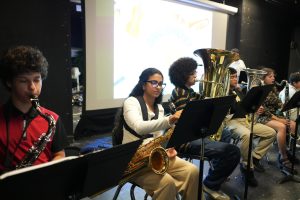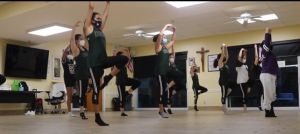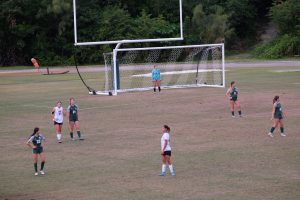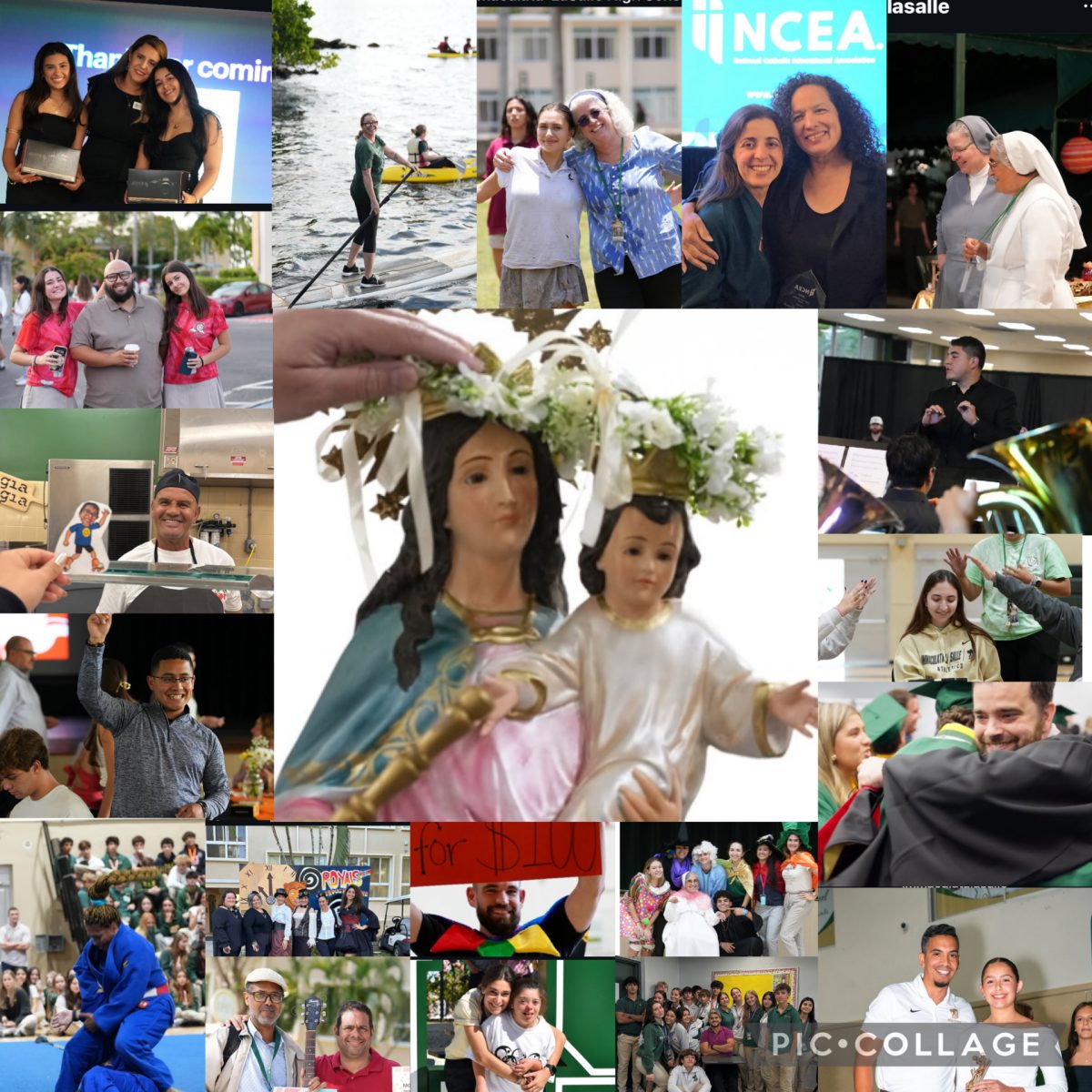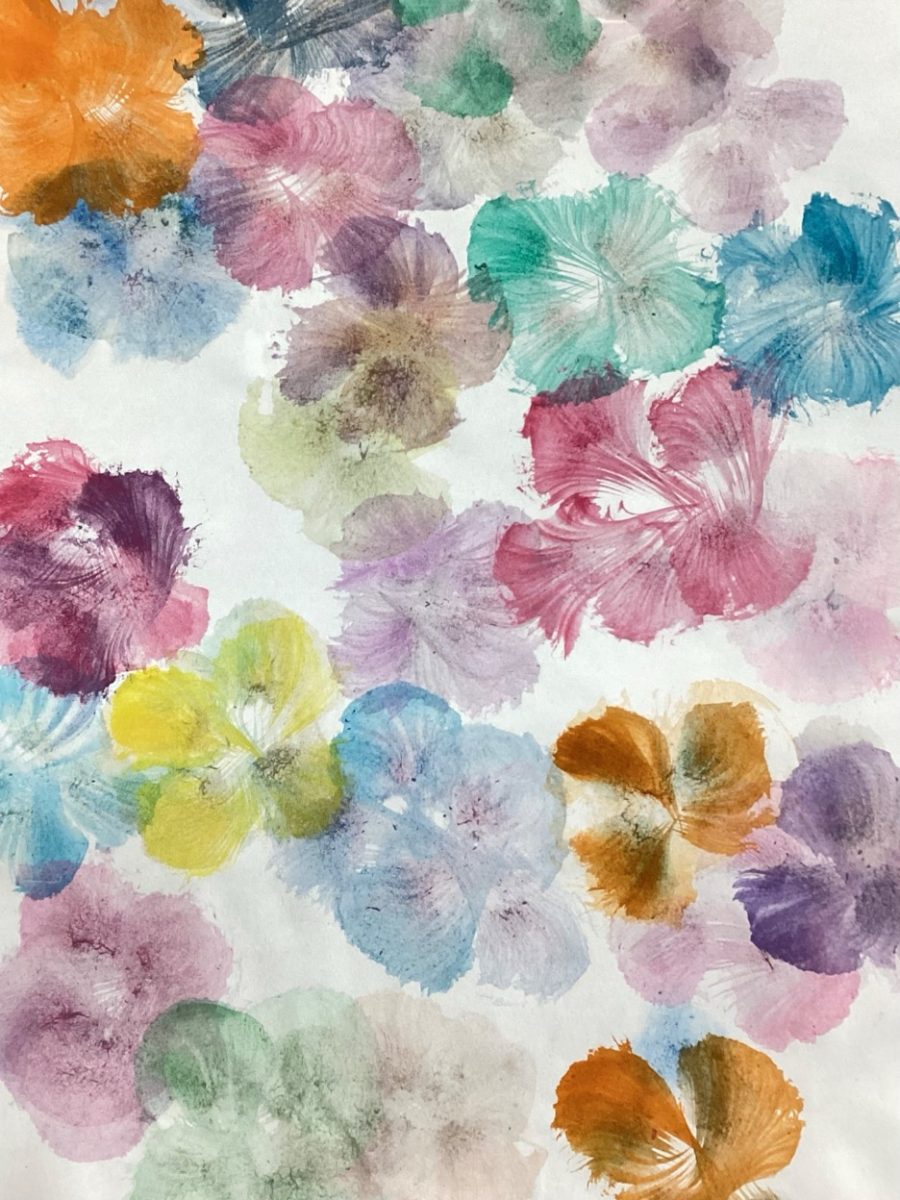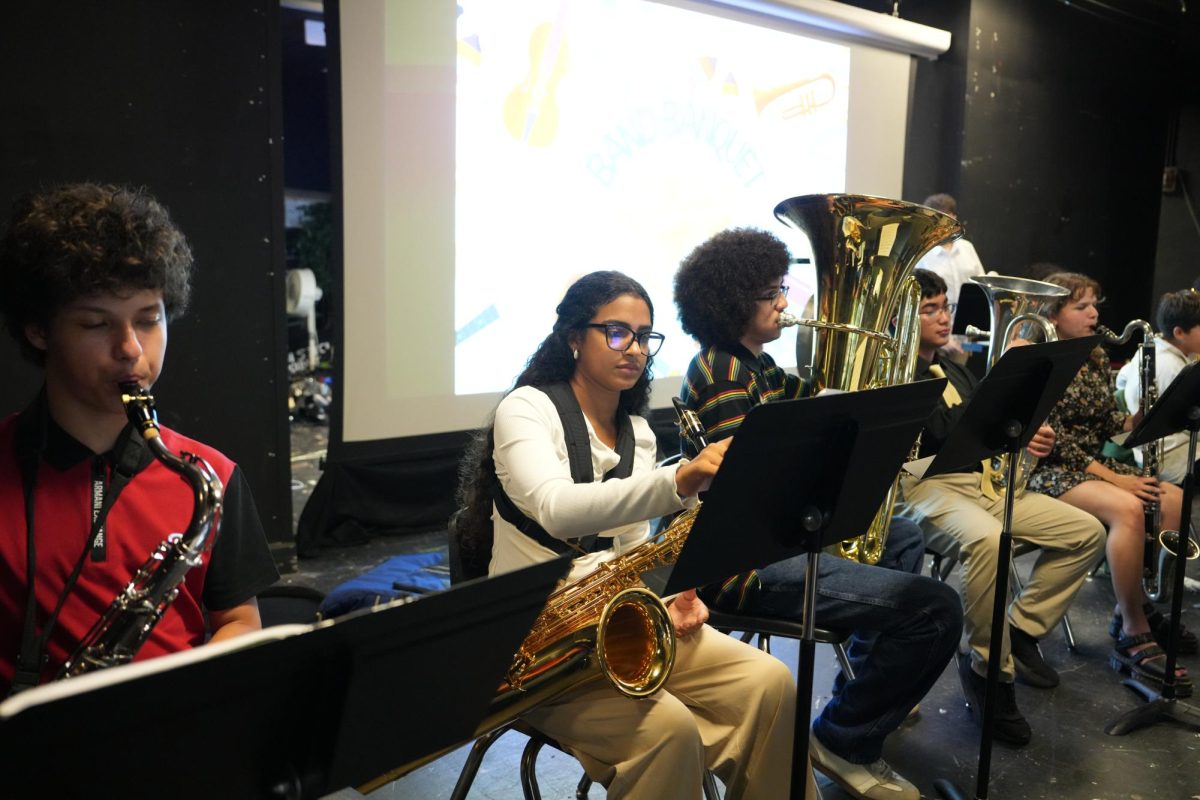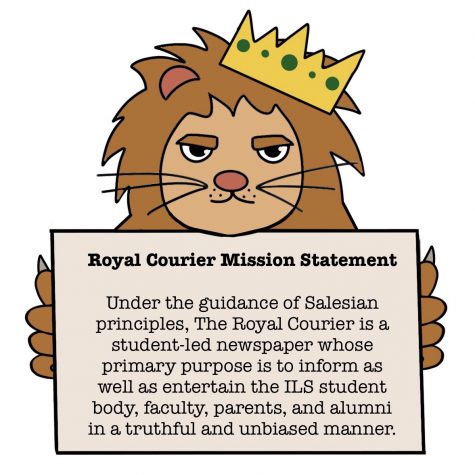A Deep Dive into Environmental Club- The Kayak Cleanup
Artwork done by Allison Perez.
January 24, 2022
[Part 1]
For many ILS students, the Environmental Club is just a moment’s ad on LTV. Maybe some don’t even know about it, or the work it strives to do.
However, it means much more than that to the people in it. The Environmental Club here is doing noble work, trying to keep our campus clean, green, and aware of the world’s environmental crisis.
But perhaps the most hands on, important, and teachable thing that the ILS Environmental Club does on campus is the kayak cleanup.
A kayak cleanup for Environmental Club is just what it sounds like. Members go out one Saturday morning, grab the kayaks, and clean up the bay around school.
Lots of people have heard of them, and some have even participated in them, even if they’re not a member of the club. That’s because these cleanups always yield service hours, and a chance to see friends over the weekend.
But more than that is probably members do on campus.
Usually, members arrive in the morning to meet Mrs. Cecilia Calleros and Ms. Tanya Mejía (sometimes Dr. Rebecca Shaw, too) in the marine science room. They just let members the drill while people slowly arrive and funnel in.
Then, members head over to the bay area and help take the kayaks off their racks, which is probably the most tedious part of the whole experience, but it’s not without reward.
Once the kayaks are in the water, members get into teams of two to start going out. Ms. Calleros always makes sure participants are doing it correctly. She also guides them on her own so they know where to look for trash.
The main things the Environmental Club picks up from the water are plastics of all sorts like bottle caps, plastic wrappers, plastic bags, food containers, straws, and more. Plastic is one of the most harmful things in the ocean today, but luckily, it’s also one of the easiest to pick up.
Usually, members try to pick up the big pieces of plastic, but the small ones are just as important, especially because they look even more like food to unsuspecting animals searching for their next meal.
As a club, the Environmental Club has found some weird things both in the bay and on land. Parts of boats, children’s toys, and once a whole outfit including an old Gucci belt have been recovered. One of the club’s favorite stories to tell was when they found a wallet with ID and successfully returned it to its owner, who was incredibly grateful. It just goes to show that doing this work out there is not only good for the environment, but for participants as people, too.
“Kayak cleanups were extra fun when you’d go with friends. It was like a little adventure to find all those things. It was also a nice feeling to be part of a group trying to reverse the damage that pollution has done to our area,” recalled senior member, Mia Castellon.
Even if you’re not in the water, staying behind to clean up the mangrove area is very important. The things found on land are plenty interesting as well.
A lot of finds include former sacrifices made by the religious people around the area. Cakes, flowers, vases, cards, fruits, and statues aren’t strange things to find around the bay anymore, as every ILS student probably knows.
Many members focus on picking up things like bottle caps or styrofoam, which are both incredibly detrimental to have around.
Senior and president of the Environmental Club, Victoria Cajigas remembers, “…All the small finds you collect can tell a story. A small toy dinosaur, a rustic treasure chest, and plastic birthday plates and cups. Although it’s sad to see these items dumped into our oceans, it’s interesting to piece together the stories they once lived through.”
When all’s said and done, members meet back up on the shore to weigh their bags to see how much trash they’ve pulled out in an effort to clean the bay. Usually it’s an astonishing amount, especially when they find a peculiar object. Mrs. Calleros helps members put the kayaks back in their spot, and then everyone is free to go.
Still, members are never gone for good. Trash is always washing up on the bay. The Environmental Club tries to do kayak cleanups as often as possible, in order to upkeep the bay and educate students. The work of an environmentalist is never truly over!
So, next time you hear of Environmental Club on LTV, or hear of a friend of yours talking about one, sign up for an Environmental Club kayak cleanup. The club is always ready to welcome you and clean up the bay together.



